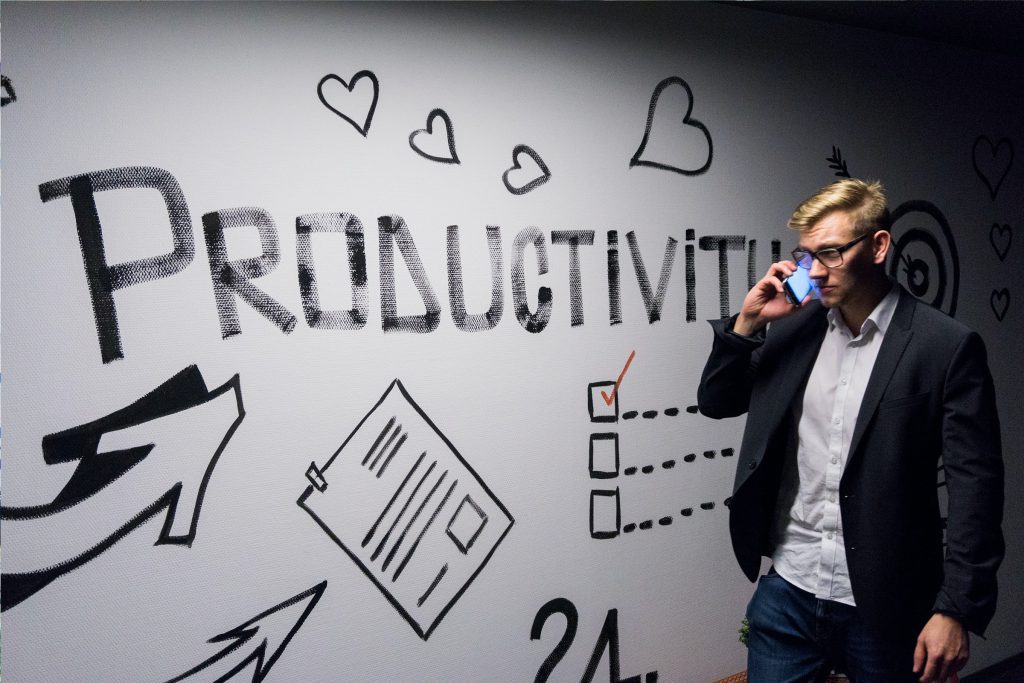COVID-19 upended the ways in which we work. The pandemic sent millions of people home to work — and these are the lucky ones who kept their jobs. With ongoing news about different variants, we can’t say it’s over. Yet amid the uncertainty, businesses are trying to regain a sense of normalcy.
“We all know that work will never be the same, even if we don’t know yet all the ways in which it will be different,” Slack CEO Stewart Butterfield told the BBC. That said, it doesn’t hurt to round-up what’s being said about the future for employees after pandemic-style work.

Flexibility
If you haven’t yet heard about the “hybrid workplace,” you can’t be doing a lot of reading about the future of work. This is the big one. Now that employees have experienced working from home, and employers have seen that it can work, this part of pandemic-style work is expected to persist.
The year of remote work showed us many things. One, that Zoom meetings can get old really fast. But also, less anecdotally, that:
- Employees enjoy less time commuting and more flexible hours. They want the remote work to continue. In Future Forum research of 4,700 knowledge workers, only 12 percent of respondents wanted to go back full-time.
- Productivity doesn’t have to drop. Bloomberg reports that work-from-home will lift productivity by 5 percent post-pandemic.
- Not everyone benefits. Women struggled with the unpaid work they do at home coinciding with their remote job responsibilities. Plus, there are many, many workers who can’t do their job at home (also, a high percentage of women). Those in transportation, food service, cleaning and maintenance, retail, and personal care industries all suffered.
All this is changing the view of where work needs to be done. as well as what should be done in the office setting. According to a PwC survey, 87 percent of employees see the office as a good place for “collaborating with team members and building relationships.” They don’t necessarily expect to, or want to, work from home full-time now. But they want the flexibility of working remotely more often. It’s changing recruiting too!
As businesses are making plans to offer more hybrid workplaces, people will come onsite to meet clients, securely access equipment, train, and collaborate. Yet they aren’t going to expect the same type of office setup. What’s the use of an assigned cubicle, after all, if you’re only onsite once a week?
People still long to connect via work
Our view of how we work may have changed dramatically, but our view of work’s value has shifted as well. Locking down hundreds of millions of people reminded many of us that we actually enjoy “going to work.” While waiting in limbo, we came to appreciate the sense of purpose from doing our jobs. Plus, we realized how much we enjoy running into a colleague at the coffee machine or stopping by someone’s desk to ask about their lunch plans.
“The workplace is a social environment,” Oxford University’s Robin Dunbar told BBC Worklife. “The sense of belonging — and of commitment to the organization and its aims and objectives — is very quickly lost,” with remote work. Plus, he added, we are “in the midst of a loneliness epidemic among the 20-somethings.” They are particularly likely to want to work in the office setting. In the PWC survey, 30 percent of those with less than five years of experience prefer being remote no more than one day a week compared to just 20 percent of all respondents who felt the same.

Technology transformation will persist
The pandemic put many through technology boot camp. Companies had to learn how to provide remote network access and connectivity to mobile workers. Employees had to learn how to use different technology to collaborate and communicate online. These new skills aren’t going to be unlearned. Plus, the technological innovation enabling remote work is only going to continue.
Even those organizations that return to the office are unlikely to revert to legacy systems if the new ones are working. The migration to the cloud was already in the works pre-pandemic. But COVID-19 pushed those in charge of technology decisions to move their plans up quickly.
At the same time, new Internet of Things technology is going to change the look of work environments, too. Tiny sensors to monitor conference room capacity, track where people are congregating, and control air flow in the building could all improve employee wellbeing on site. Once the business begins down the intelligent building path, employees can expect access to advantageous features such as:
- Online conference room, hot desk, or smart locker reservations
- Office equipment maintained by connected alert to the manufacturer or service provider
- Smart lighting, HVAC, and water tracking to improve sustainability by lowering utility usage
Business travel a “wait and see”
The US Travel Association estimates a daily loss of approximately $1.6 billion between March and December 2020, for a total of $492 billion over the 10 months studied. The tide won’t be turning with business travel yet. People may be eager to get out and travel by car to visit family and friends again. But traveling for work remains something many employees wish to avoid. McKinsey estimates “about 20 percent of business travel … may not return.”
In the 2021 Meeting Planners’ Confidence Index, 39 percent didn’t anticipate resuming events until the third quarter of the year. Plus, 81 percent thought it would take until 2023 to return to at least 80 percent of pre-COVID-19 annual event levels.
After all, even the most intrepid road warriors had to get used to making virtual sales calls and videoconferencing in 2020. Training programs went virtual. Networking moved online. Now that business travel isn’t an imperative, employees are opting to avoid airports still.

Employees want a say
The pandemic left many people feeling powerless. Employees experiencing poor working conditions saw this exacerbated during the pandemic. Those who were asked back into the office before they felt comfortable felt frustrated. Plus, the incoming generation of employees is used to speaking up.
“Strikes and walkouts across industries and countries, from warehouse workers in Milan to bus drivers in Detroit, food packers in Northern Ireland to nurses in Hong Kong,” and “calls for greater unionization or for employee representation on workplace health and safety committees,” highlight the desire for a greater voice in the workplace, Harvard’s Anna Stansbury told the BBC.
Prioritizing paying attention to employee voice has many advantages:
- Morale improves as employees feel respected
- Access to good ideas you might not have heard otherwise
- Improved retention as workers aren’t seeking out alternatives
- Greater collaboration among employees
- Customer experience benefits when employees are happier
Of course, these five areas aren’t the only places we’ll see changes. The COVID-19 experience represents a massive social experiment. The ramifications are still to be seen.






